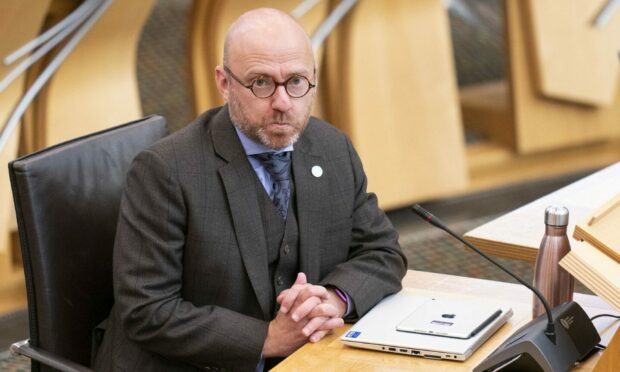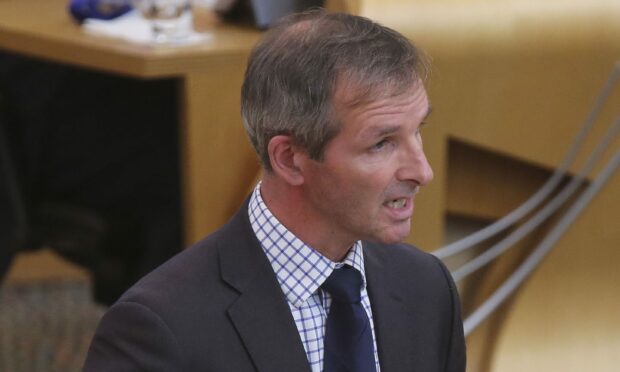Green housing chief Patrick Harvie is using “sketchy and unreliable” data to drive government policies to cut fuel bills and carbon emissions.
We can reveal deep concerns about lack of “robust” local figures showing how Scots actually heat their homes.
The glaring gap in understanding – based on a tiny 0.3% of properties – comes as bill-payers across the country face being plunged into fuel poverty as energy costs spiral out of control.
And those sky-high prices are about to soar even higher. It was announced on Tuesday that the price cap would rise to around £2,800 in October.
Beyond the prices, homes and buildings also account for about a fifth of Scotland’s carbon emissions.
The Scottish Government aims to cut that by two-thirds by 2030 under its Heat in Buildings Strategy, which was published last year.
And it is hoped efforts to decarbonise housing can slash bills for hard-pressed consumers.
But Orkney MSP Liam McArthur struggled to get answers from Mr Harvie when he asked for a local breakdown of the number of Scottish homes heated by oil, mains gas, electricity, community heating, heat pumps and other energy schemes.
Mr Harvie, who is the government minister for zero-carbon buildings, was only able to provide statistics based on a sample of 8,963 homes – just 0.3% of Scotland’s estimated 2.65 million dwellings.
The Green minister admitted that “due to sample sizes and low prevalence”, he could not produce robust estimates of the heating sources in each local authority area.
‘Insufficiently reliable’
Some data was also removed from Mr Harvie’s answer due to it being considered “insufficiently reliable for publication” by the Scottish Government.
Mr McArthur said: “Decisions across all areas of government should always be underpinned by reliable evidence.
“Yet the Scottish Government appears to be approaching the challenge of decarbonising homes based on sketchy, outdated and unreliable figures on domestic heating.
“Only with an accurate picture of how our homes are heated is there any hope of providing the support needed to scale-up the retrofitting and renewable heat installation that are so desperately needed.”
Fellow Lib Dem Jamie Stone, the MP for Caithness, Sutherland and Easter Ross, said: “You know it’s bad when the Scottish Government is calling its own data on home heating insufficiently reliable.
“How can the Scottish Government be effective in its policymaking, when Patrick Harvie, the minister responsible for home decarbonisation, does not even have an accurate picture of where and how Scotland’s homes are heated?”
The Lib Dems said the Office of National Statistics (ONS) regularly publishes a breakdown of home heating sources in England and Wales, based upon EPC certificate registrations.
A Scottish Government spokesman said the EPC data source was being assessed.
He highlighted that the Heat in Buildings Strategy sets out the government’s plans for more than 1 million homes and 50,000 non-domestic buildings to be running on zero emissions heating systems by 2030.
“We are supporting this transformation with ground-breaking funding of at least £1.8 billion over this parliament in heat and energy projects across Scotland,” he said.
“This will be a truly transformative programme and we are committed to ensuring a just transition is at its heart.
“We are acutely aware of the specific requirements and challenges that will be faced in different parts of the country – particularly in rural areas and islands.
“Data from EPC certificates is available for Scotland to contribute to the picture of energy efficiency, main heating fuels and methods of central heating of our housing stock.
“We are currently assessing this data source to more fully understand its strengths and limitations.”

